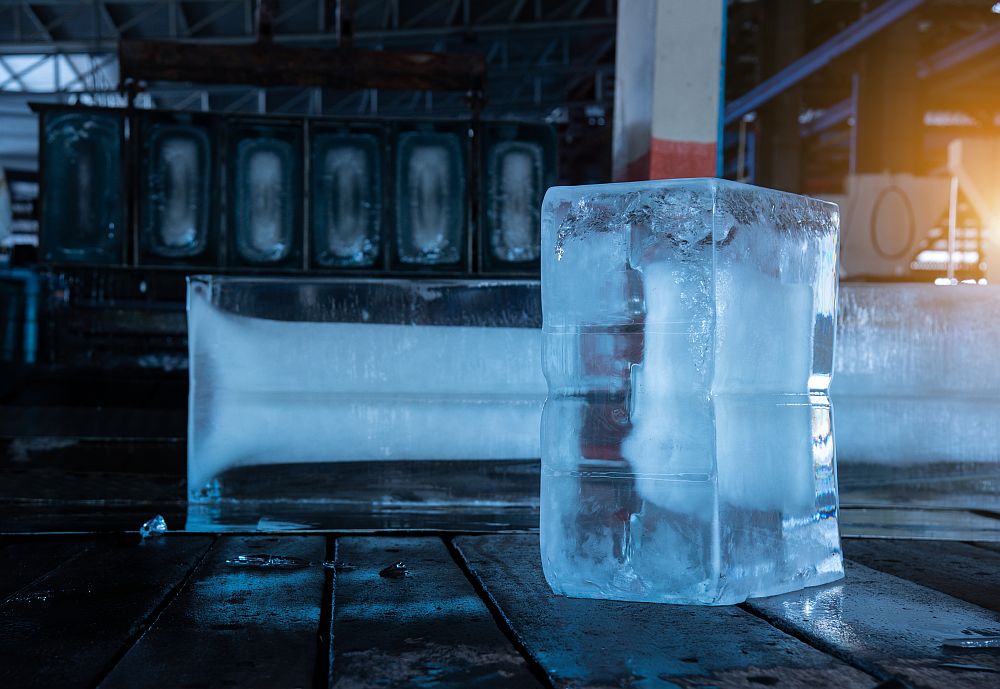
[Image above] To achieve the same insulation values as a 165 mm thick wall of Aerobricks, a wall of perlite bricks must be 263 mm thick—and a wall of non-insulating bricks 1240 mm. Credit: Empa
More than three-quarters of electricity use in the United States goes to making our residential, commercial, and industrial spaces comfortable and functional, according to a 2015 DOE technology review. And of that energy used for buildings, about a third of it is spent just heating, cooling, and ventilating our indoor spaces.
That’s a lot of energy spent trying to control our inside climate—which consequently is having a significant negative impact on the outside climate as well. So it’s no surprise that the building energy segment receives a lot of attention for innovative ways to conserve, including smart windows and cool roofs.
One of the most effective ways to reduce the amount of energy our buildings consume is to equip them with better insulation, which allows structures to more efficiently maintain temperature differentials with the outside air. That means less heat pumped inside when the temperature outside drops, and less cool air pumped inside when the temperature outside rises.
When it comes to insulation materials, you can’t get much better than aerogels—nanoporous materials riddled with so many tiny air-filled pores that the materials as a whole are typically >95% air. Their low density and weight and superb insulating abilities make aerogels incredible materials for high-tech applications such as space exploration.
But aerogels also are really functional in more mundane consumer applications, such as insulation for old homes and performance outerwear. And now, aerogel is helping researchers renovate one of the oldest known building materials.
Researchers at Empa, the Swiss Federal Laboratories for Materials Science and Technology, have developed better insulating building materials called “Aerobricks”—bricks with internal cavities filled with aerogel granules.
“The material can easily be filled into the cavities and then joins with the clay of the bricks,” Empa researcher Jannis Wernery says in an Empa news release. “The aerogel stays in the bricks—you can work with them as usual.”
Although insulating bricks themselves aren’t new, adding aerogel filling boosts the bricks’ insulating abilities because aerogels are one of the most effective insulating materials known.
Compared with insulating bricks filled with perlite, an amorphous volcanic glass often used as an insulating filler material, the researchers’ laboratory tests show that same-sized aerogel-filled bricks have ~35% decreased thermal conductivity.
That’s a significant improvement in insulating abilities, which get even more pronounced when you compare Aerobricks with standard, non-insulating brick.
Aerobricks conduct only ~12.5% of the heat of standard bricks, offering even more significant energy savings potential.
“A conventional wall would therefore have to be almost 2 m deep in order to insulate as well as an Aerobrick wall of just 20 cm in depth,” according to the release. “With a measured thermal conductivity of just 59 milliwatts per square meter and Kelvin temperature difference, the Aerobrick is currently the best insulating brick in the world.”
Of course, the commercial problem is predictable—because of the aerogel filling, the bricks are prohibitively expensive. According to the news release, the researchers estimate market prices for aerogels today would equate to an additional cost of more than $500 per square meter for an Aerobrick wall over the cost of a standard brick wall.
If the price of aerogel can be brought down, however, the technology could offer significant energy savings to buildings by providing superior insulation and reducing the amount of building materials needed.
The open-access paper, published in Energy Procedia, is “Aerobrick—An aerogel-filled insulating brick” (DOI: 10.1016/j.egypro.2017.09.607).
Did you find this article interesting? Subscribe to the Ceramic Tech Today newsletter to continue to read more articles about the latest news in the ceramic and glass industry! Visit this link to get started.
Author
April Gocha
CTT Categories
- Construction
- Energy
- Environment
- Material Innovations
- Thermal management


